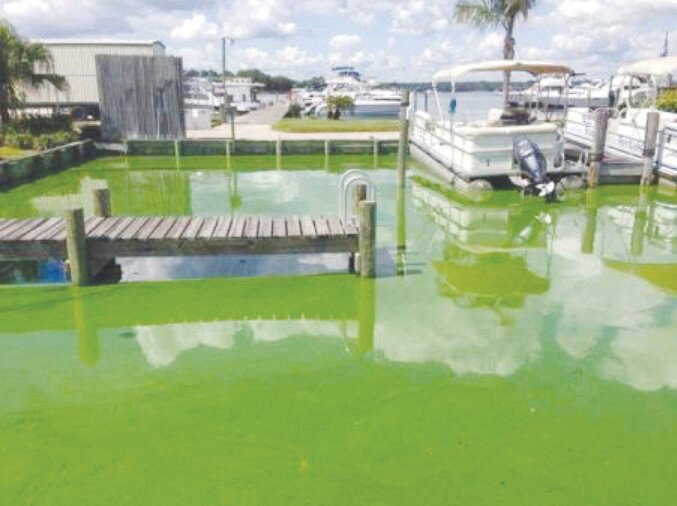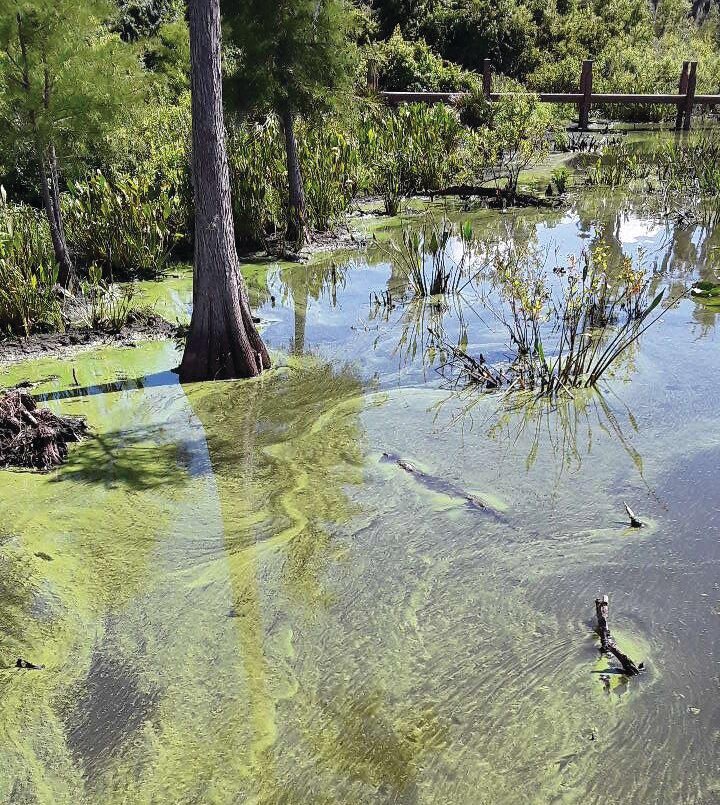Health Department: Harmful blue-green algal toxins found in Doctors Lake
FLEMING ISLAND – The Florida Department of Health in Clay County has issued a Health Alert for harmful blue-green algal toxins in Doctors Lake at the Pace Island Dock. This is in response to a …
This item is available in full to subscribers.
Attention subscribers
To continue reading, you will need to either log in to your subscriber account, below, or purchase a new subscription.
Please log in to continueDon't have an ID?Print subscribersIf you're a print subscriber, but do not yet have an online account, click here to create one. Non-subscribersClick here to see your options for subscribing. Single day passYou also have the option of purchasing 24 hours of access, for $1.00. Click here to purchase a single day pass. |
Health Department: Harmful blue-green algal toxins found in Doctors Lake
FLEMING ISLAND – The Florida Department of Health in Clay County has issued a Health Alert for harmful blue-green algal toxins in Doctors Lake at the Pace Island Dock. This is in response to a water sample taken on July 19. The public should exercise caution in and around Doctors Lake.
Residents and visitors should to take the following precautions:
• Do not drink, swim, wade, or use personal watercraft, water ski or boat in waters with a visible bloom.
• Wash your skin and clothing with soap and water if you have contact with algae or discolored or smelly water.
• Keep pets away from the area. Waters, where there are algae blooms are not safe for animals. When algae blooms are present, pets and livestock should have a different water source.
• Do not cook or clean dishes with water contaminated by algae blooms. Boiling the water will not eliminate the toxins.
• Eating fillets from healthy fish caught in freshwater lakes experiencing blooms is safe. Rinse fish fillets with tap or bottled water, throw out the guts and cook fish well.
• Do not eat shellfish in waters with algae blooms.
What are blue-green algae?
Blue-green algae are a type of bacteria common in Florida’s freshwater environments. A bloom occurs when the rapid growth of algae leads to an accumulation of individual cells that discolor water and often produce floating mats that emit unpleasant odors.
Some environmental factors contributing to blue-green algae blooms are sunny days, warm water temperatures, still water conditions and excess nutrients. Blooms can appear year-round but are more frequent in summer and fall. Many types of blue-green algae can produce toxins.
Is it harmful?
Blue-green algae blooms can impact human health and ecosystems, including fish and other aquatic animals. For additional information on potential health effects of algal blooms, visit floridahealth.gov/environmental-health/aquatic-toxins.
Find current information about Florida’s water quality status and public health notifications for harmful algal blooms and beach conditions by visiting ProtectingFloridaTogether.gov. Protecting Florida Together is the state’s joint effort to provide statewide water quality information to prioritize environmental transparency and commitment to action.
What do I do if I see an algal bloom?
The Florida Department of Environmental Protection collects and analyzes algal bloom samples. To report a bloom to DEP, call the toll-free hotline at (855) 305-3903 or report online. Contact the Florida Fish and Wildlife Research Institute at (800) 636-0511 to report fish kills.
Report symptoms from exposure to a harmful algal bloom or any aquatic toxin to the Florida Poison Information Center, call (800) 222-1222 to speak to a poison specialist immediately. Contact your veterinarian if you believe your pet has become ill after consuming or having contact with blue-green algae-contaminated water.
If you have other health questions or concerns about blue-green algae blooms, please call the Florida Department of Health in Clay County at (904) 278-3784.










